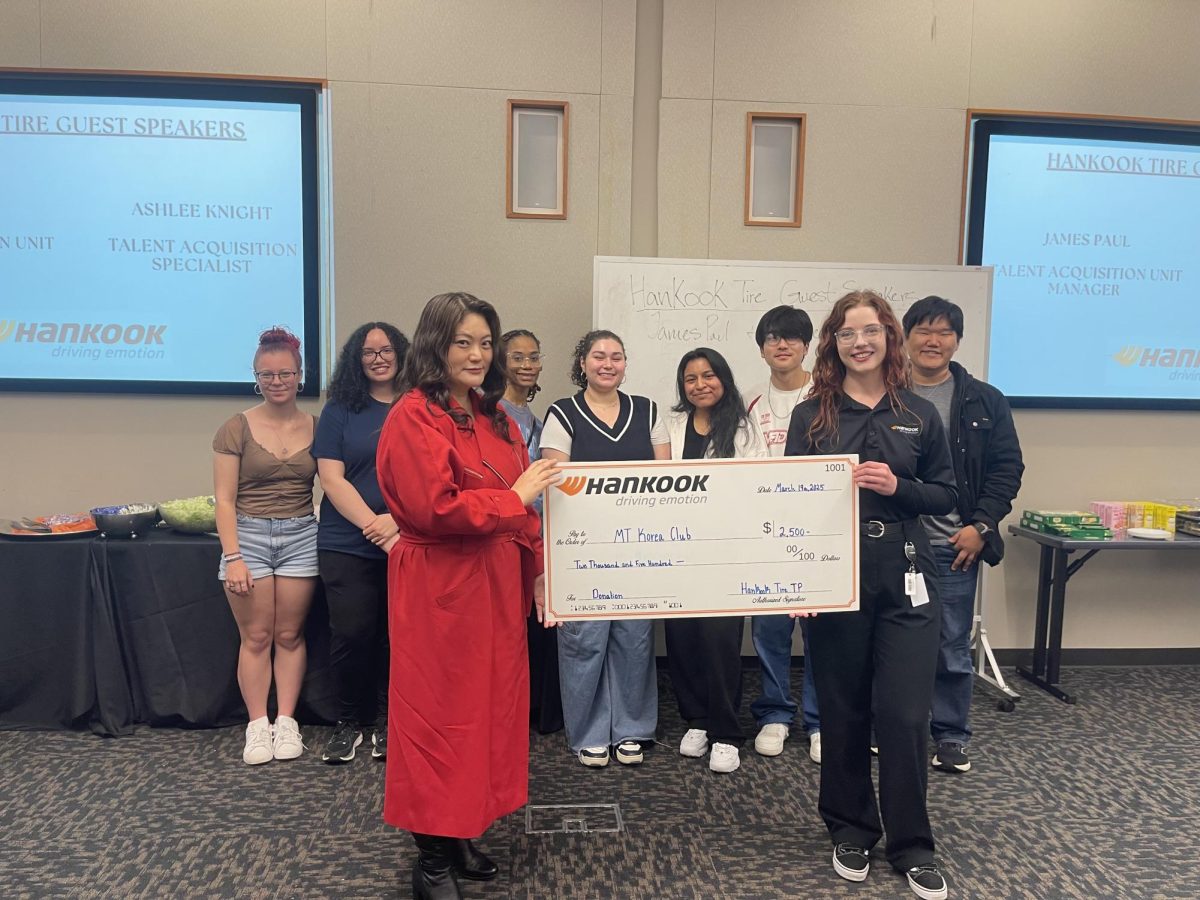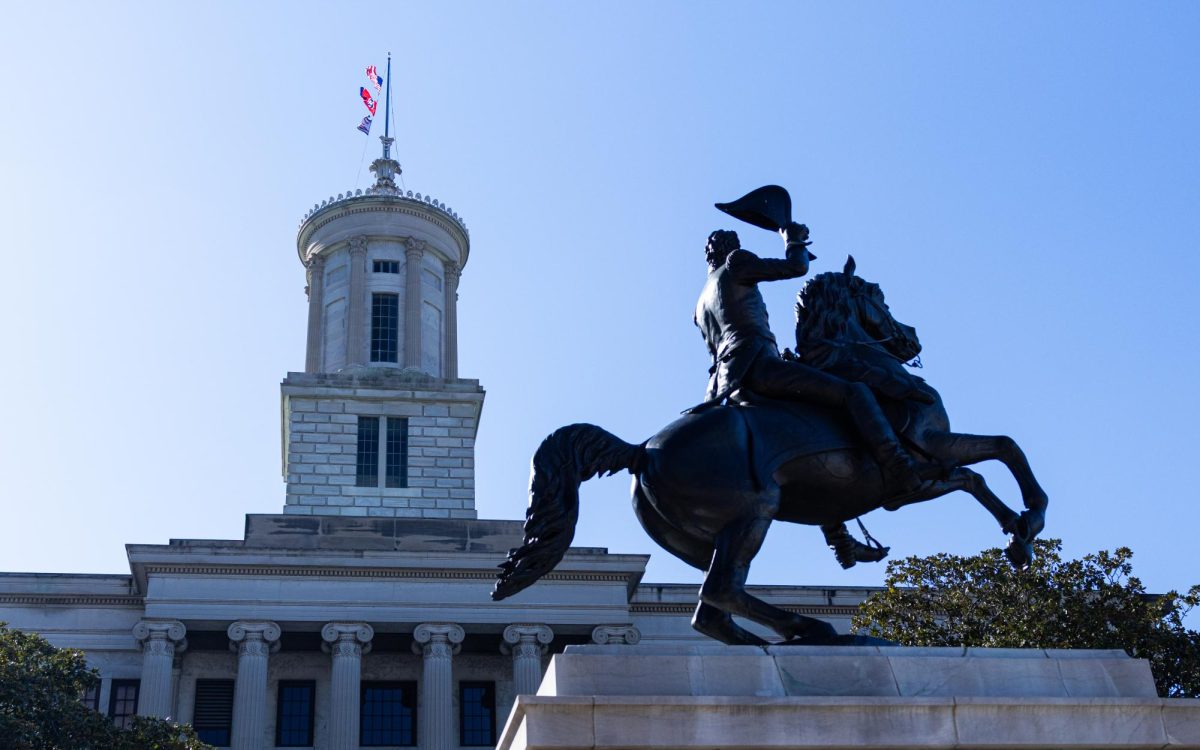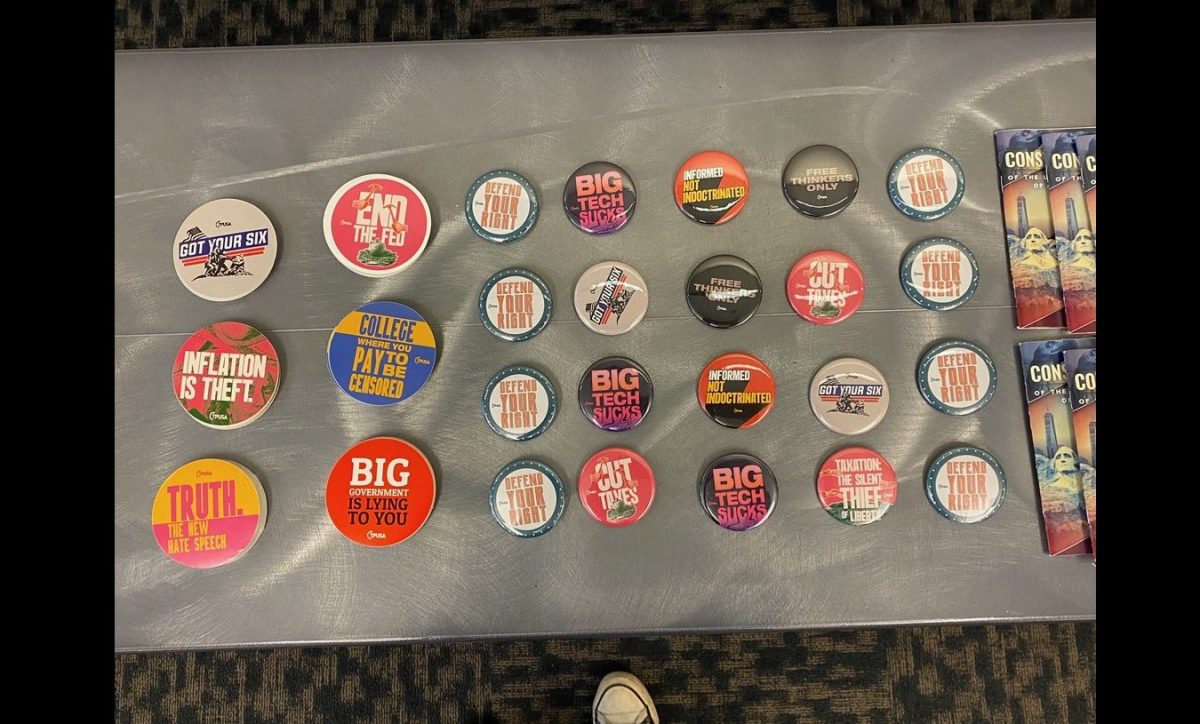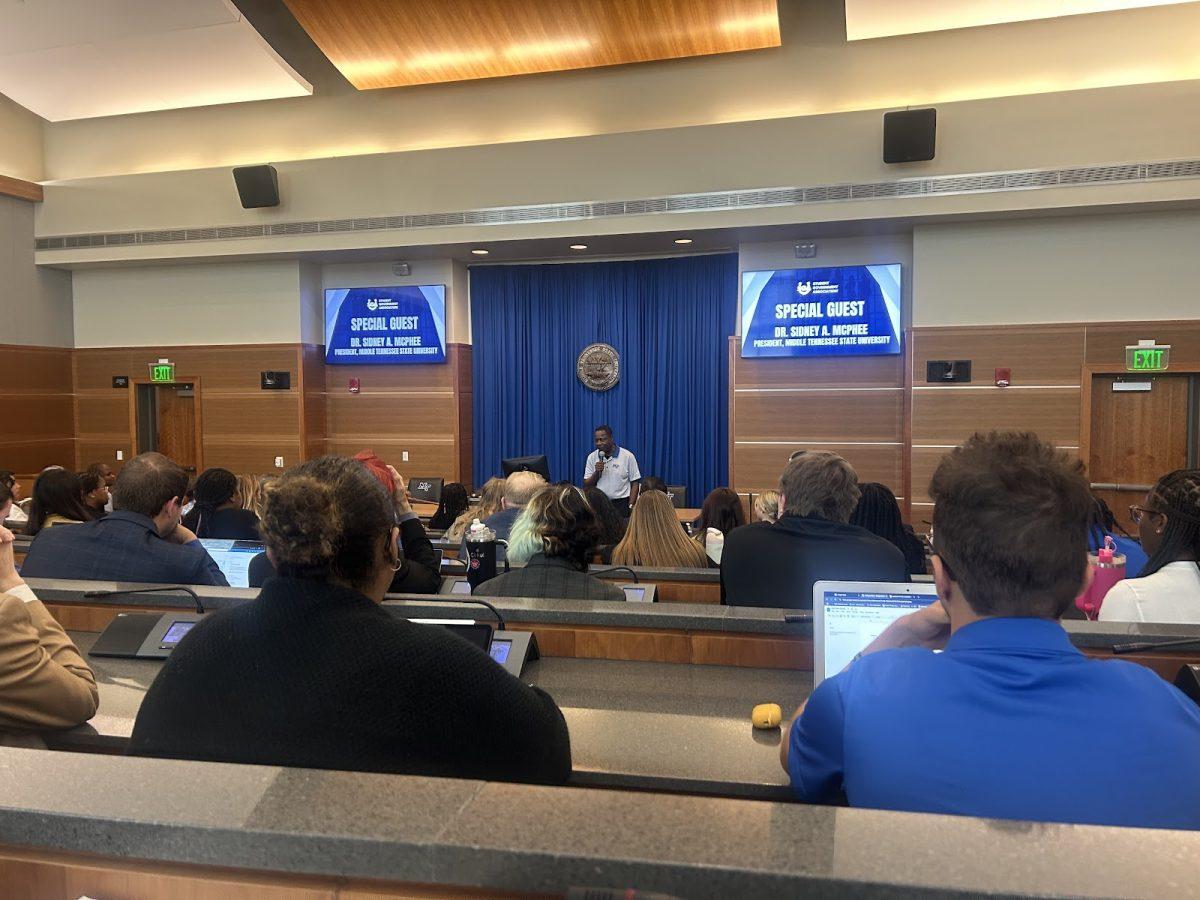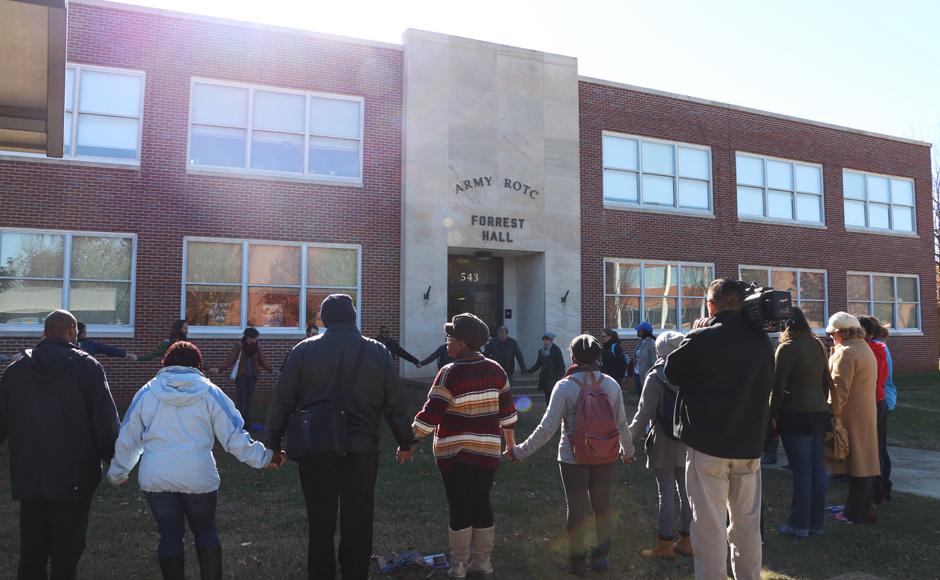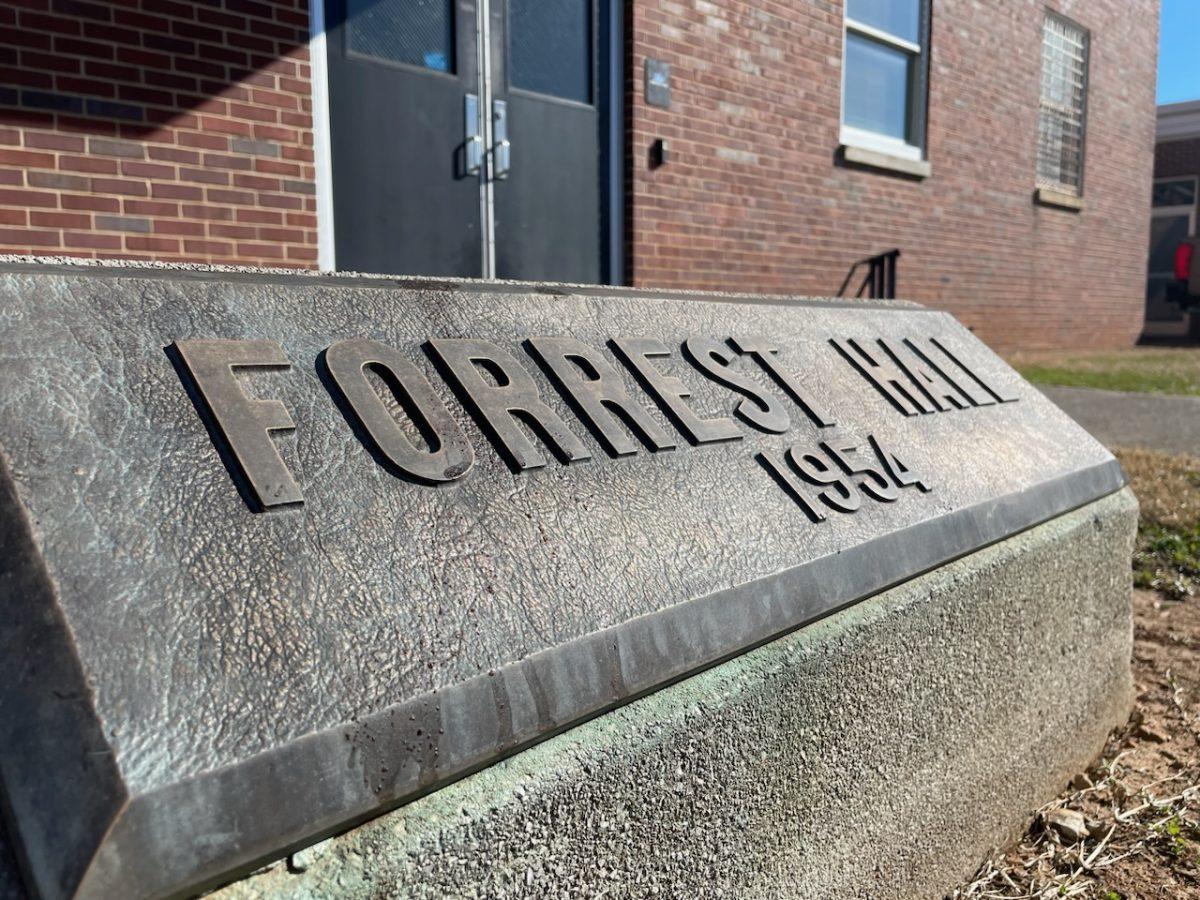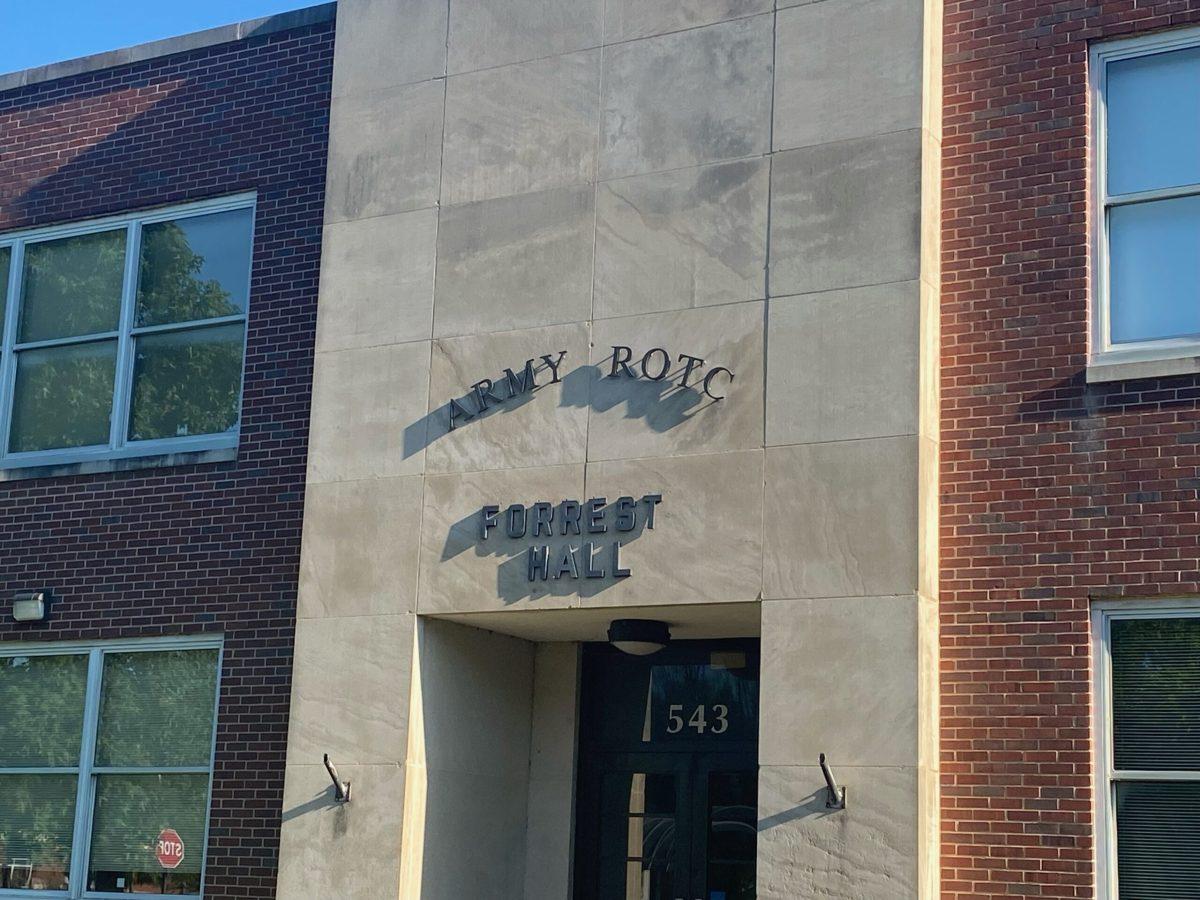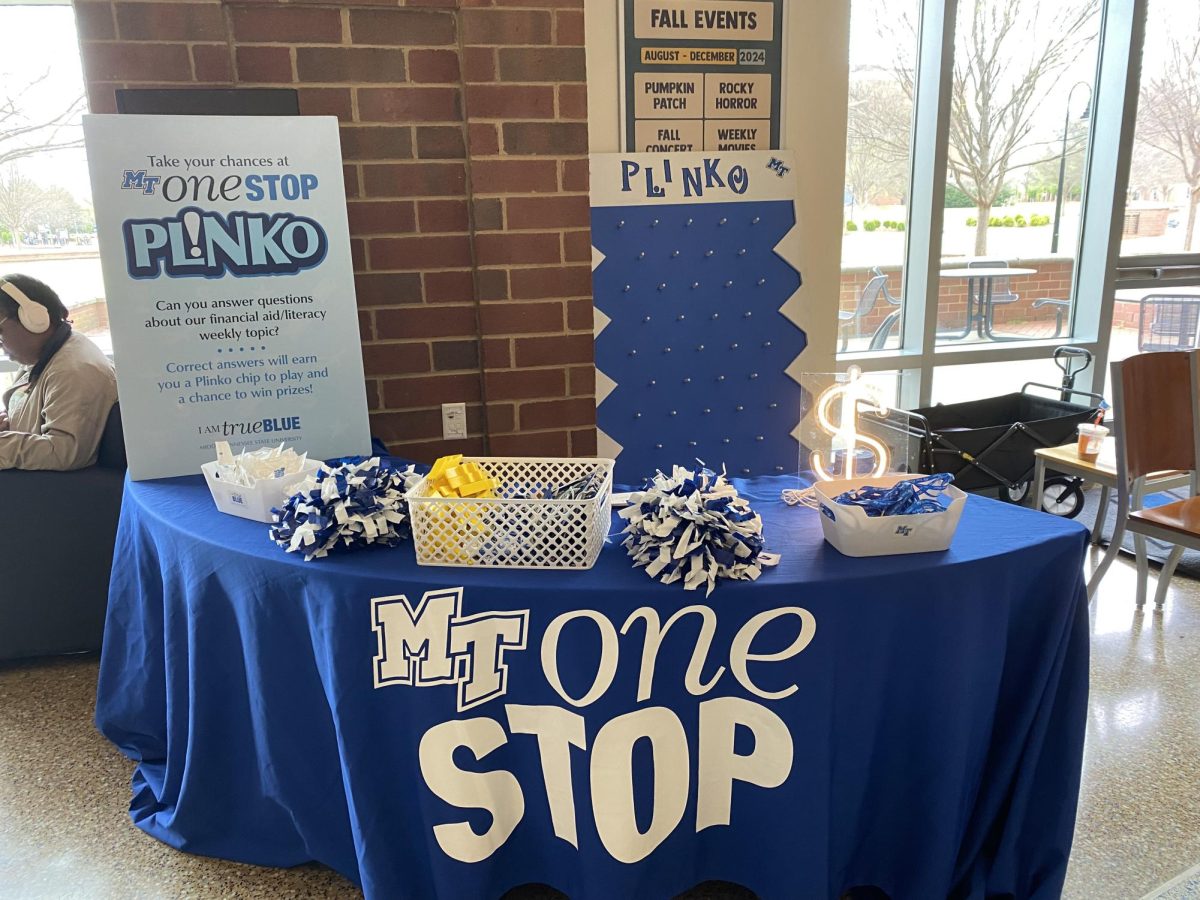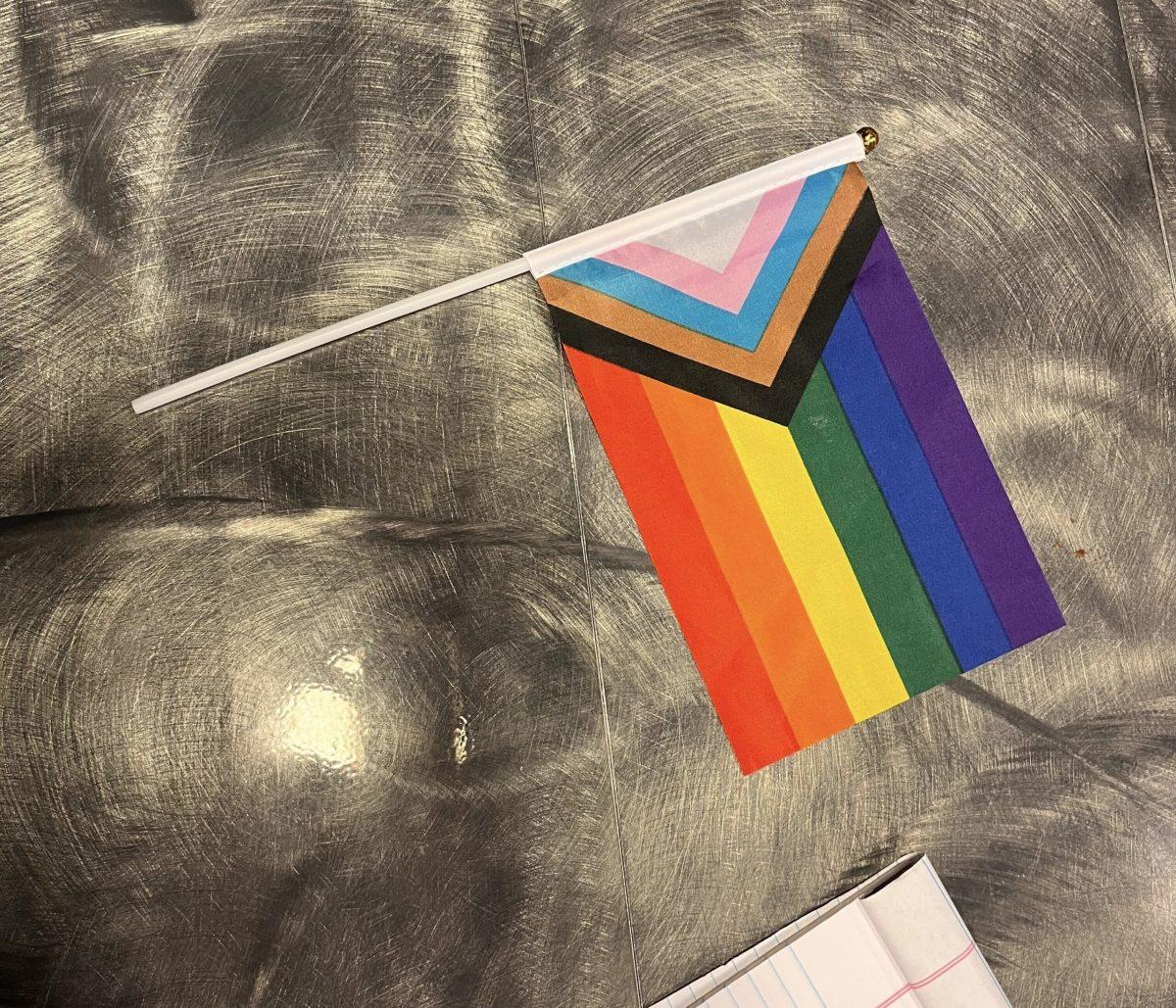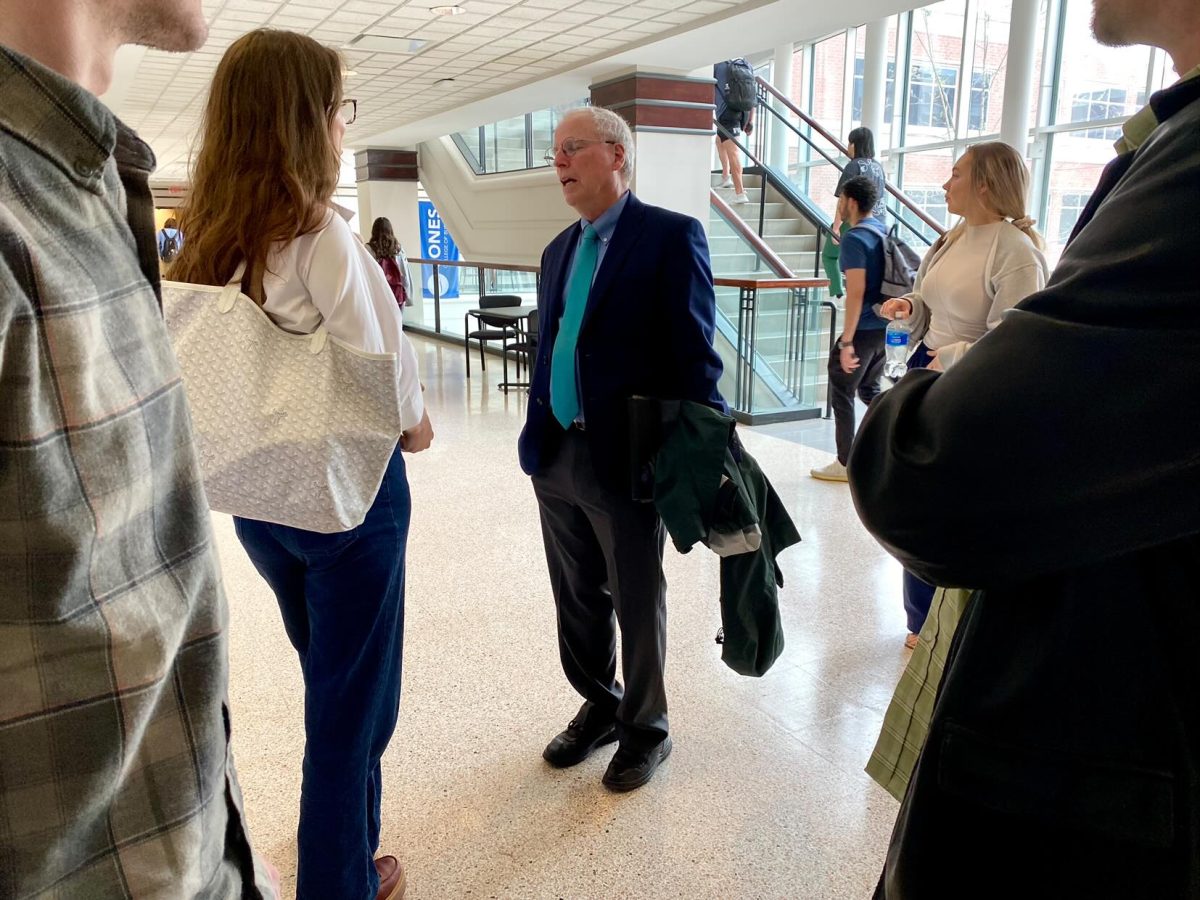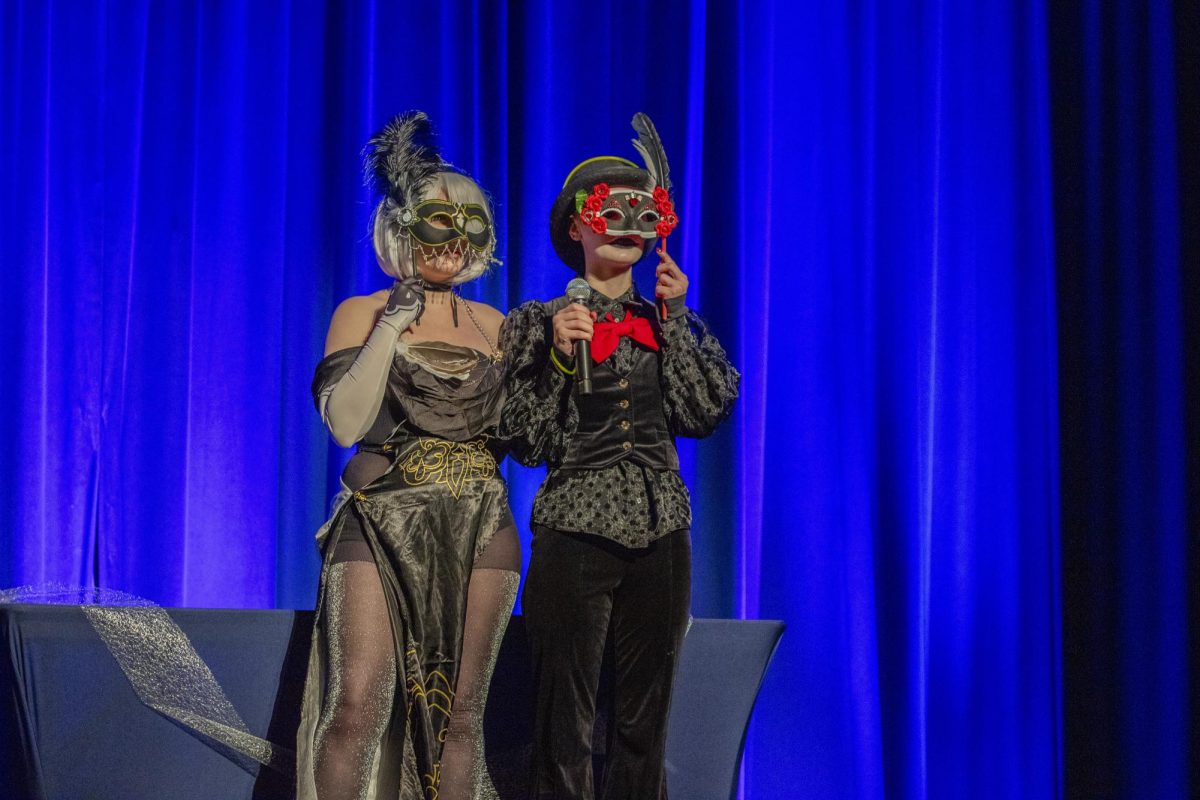Story by Madeline Quinby / Studio M
History shows Murfreesboro and Rutherford County, Tennessee, are not strangers to hate crime. From when the Ku Klux Klan first came to Murfreesboro in 1868 to a planned White Lives Matter rally on the public square in 2017, themes of hate and prejudice plague the past. These biased ideologies have had mixed results gaining traction in Rutherford County.
“There was hate (in Murfreesboro) that existed,” said Carol White of the Rutherford County Historical Society.
The FBI defines hate crime as a “criminal offense against a person or property motivated in whole or in part by an offender’s bias against a race, religion, disability, sexual orientation, ethnicity, gender, or gender identity.”
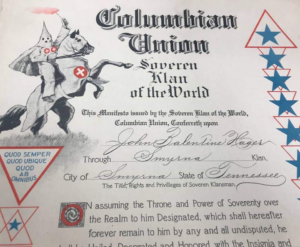
Murfreesboro comes across as a diverse college town, tight community and growing hub of Middle Tennessee. However, according to the Southern Poverty Law Center, there were 1,020 identified hate groups operating across the United States in 2018. Out of those, 36 are working in Tennessee and one is officially in Murfreesboro: the ShieldWall Network, which according to its website, is “open to all heterosexual whites who support the idea of an independent white ethnostate.” Other independent acts of bias resurface in Murfreesboro every few years that remind the community it is not always as welcoming as it seems.
“You have more hate today with social media than we ever did,” White said.
The 2016 election prompted a rise in hate groups and activity across the United States, according to the SPLC.
“The (president’s) inaugural address echoed the themes of a campaign that had electrified the white nationalist – or ‘alt-right’ – movement with its promise to stop all Muslim travelers at the border and deport millions of undocumented immigrants – killers and ‘rapists,’ Trump called them,” reads the SPLC’s 100 Days in Trump’s America report.
Murfreesboro is no exception to activity from the alt-right movement and has made national news multiple times within the past 10 years because of hate incidents such as the White Lives Matter rally in October 2017 and the Islamic Center of Murfreesboro controversy in 2011.
“The growth in hate groups can be attributed to an increase in foreign-born and minority populations, as well as economic factors like falling wages in the manufacturing sector, stagnant wages across the rest of the economy and a need for higher education,” wrote Michelle Willard in the Daily News Journal.
In 2011, the Islamic Center of Murfreesboro faced vandalism, arson and bomb threats when they began expanding their facility to a larger piece of property.
“At a heated public hearing over the center in 2010, residents testified that Islam was not a religion and that the center was part of a plot to replace the Constitution with Shariah law, a legal code based on Islam,” said Kim Severson at The New York Times.
The ICM was defaced again in July 2017 when Charles Stout III, 19, and Thomas Gibbs, 18, placed bacon around the entrance of the center and painted obscenities about Allah around the outside, according to a Department of Justice release.
The men also “concealed their identity in the commitment of these crimes by wearing masks; and the mask worn by Stout was a World War II-era Nazi gas mask,” said the release.
Both Stout and Gibbs plead guilty in 2018 to conspiracy to damage religious property and causing damage to religious property because of its religious character. They both took plea deals and agreed to one year of supervised release and the payment of restitution determined by the court. Gibbs paid $50, and Stout paid $100.
While incidents by individuals are common, hate groups are also active in Rutherford County. In addition to the ShieldWall Network, the SPLC told The Tennesseean that in 2017, there was an active chapter of the Klu Klos Knights of the Ku Klux Klan.
The first time the Ku Klux Klan came to Murfreesboro was in February 1868, less than a year after it was started in Pulaski, Tennessee, in 1867, according to editor Mike West in a 1977 edition of Accent.
To be a member of the Klan “an applicant must be a White male Gentile person, a native-born citizen of the United States of America, who owes no allegiance of any nature or degree whatsoever to any foreign government nation, institution, sect, ruler, prince, potentate, people or person,” said the KKK’s 1930 handbook.
Soon after its founding, notes from the KKK, saying “Beware oh ye ungodly for the day of retribution is close at hand,” “were slipped under the doors of Murfreesboro’s prominent radical Republicans and posted in conspicuous places in town,” wrote West.
In 1929, the KKK marched against the building of St. Rose of Lima Catholic Church, said Greg Tucker in an article for the RCHS.
Other reports of KKK marches in Murfreesboro include one in the 1970s, according to White, and one in 1987, according to The Tennessean.
More recently, Walnut Grove Missionary Baptist church was defaced by four teenagers in September 2018, reported the Daily News Journal.
A Rutherford County Sheriff’s deputy found “‘KKK’ written in a Bible and ‘we are white and we are watching you, white power’ written on the doors of the church,” said the Daily News Journal.
Murfreesboro came into the national spotlight again when the League of the South and other white nationalists announced they would be holding a rally in the Murfreesboro square on Oct. 28, 2017.
On the day of the protest, “Counter protesters overwhelmingly outnumbered (the white nationalists)— Murfreesboro officials said as many as 1,000 participated throughout the day across the city,” reported The Tennessean.
The city showed staggering solidarity and pride in its diversity, and the rally was cancelled.
The White Lives Matter protest was not the first time that a white nationalist rally was turned away from demonstrating in Murfreesboro.
Robert “T-90” Scales, an African American politician, turned away a busload of rioters from Nashville in 1964, said his daughter, Murfreesboro Vice Mayor Madalyn Scales Harris as a guest speaker at the RCHS.
“Daddy stopped the riots in Murfreesboro,” Harris said. “He stopped the riots from coming. They were having riots all in Nashville … He said, ‘You all get yourselves back on the bus and turn that bus around and go back to Nashville. We’re a peaceful town here. We reason things out. So, you’re not welcome, get back on the bus and leave.’ And they did.”
Members of the Murfreesboro government and local law enforcement have also found themselves involved with hate movements, both as victims and as instigators.
On Oct. 10, 1924, The Tennessean published a reward notice for George Boyd, a wanted black man. The reward posted was $600 and a combined effort of the citizens of Rutherford County, the State of Tennessee and the Ku Klux Klan.
Harris said after Scales was elected to the Murfreesboro City Council in 1964, the Scales family had bricks thrown through their windows, crosses burning in their yard and threats over the telephone.
In 2012, ex-Sheriff Robert Arnold sponsored training by the Strategic Engagement Group for deputies from the Murfreesboro, Smyrna and LaVergne police departments and the Rutherford County Sheriff’s Office, according to WMOT News.
Strategic Engagement Group is “a company that believes the American people are under threat from a coordinated, global Muslim conspiracy involving all 56 of the world’s Islamic nations,” said WMOT.
Arnold has since been imprisoned for wire fraud, honest services fraud and extortion under color role of official right.
The ShieldWall Network has picked up on cases of corruption in local government and law enforcement and directs new members to “get to know your local and county police, as many in law enforcement share our values, and may be very useful in the future.”
Neighborhood institutions have also been involved in various ways with hate activity. Middle Tennessee State University became a central establishment of Murfreesboro in 1911 and draws over 21,000 students from all over the world to Rutherford County. Since the 1950s, it has been a source of controversy over its choices of symbolism, tradition and representation. It has been the location of several biased arguments and hate crimes because of its diversity and history.
Sylvester Brooks, a black student, wrote a column in the Oct. 21, 1968, issue of Sidelines that denounced the use of “Dixie” as a rally song, the celebration of the confederate flag and the university symbol of Nathan Bedford Forrest. This was six years after the university integrated its classrooms in 1962.

“Black students have just as much right to feel a part of this campus as anyone else. And if ‘Dixie,’ the Confederate flag, and General Forrest are hindrances toward that end, then they should be banned and abolished,” said Brooks.
The next issue of Sidelines was filled with both support and contempt for Brooks’s column.
“I think we can all be glad of the fact that our Negro minority at MTSU has nothing more substantial to complain about than a flag and a song. I am not so naive as to believe that race relations have reached perfection, but there are no overt efforts at discrimination by our school authorities or student officials,” criticized Tony Pendergrass
Two years later, on the night of Dec. 10, 1970, roughly 60 students stormed MTSU President Mel G. Scarlett’s house after a cross was burned on a campus field during a basketball game, according to Sidelines.
“Gerald Edwards, president of the Black Student Association, said that the burning might be a direct result of the activities of the ‘Get Hip, Whitey Week’ but that the purpose of the activities were not to incite but to inform,” said Sidelines.
“Get Hip, Whitey Week” was a week of events on campus with the purpose of promoting interracial understanding. It was organized by the Black Student Union.
Besides the use of ‘Dixie’ and the confederate flag, Nathan Bedford Forrest, a confederate general and the first Grand Wizard of the KKK, was MTSU’s mascot from 1931 into the late 1960s when it was phased out after integration, according to Josh Howard at Sport in American History.
“The Forrest mascot was never seen again but was not officially replaced until a 1976 MTSU football game,” wrote Howard.

Eventually, the student government and university moved to adopt a mascot that was similar to other schools.
Howard said despite the mascot change, Forrest on horseback remained part of the university seal until 1978. His name is still used for Forrest Hall, MTSU’s military science building. Arguments about the name of Forrest Hall have dated back to the 1960s. The university and student body have petitioned multiple times, most recently in 2018, for a name change.
“Earlier this spring, the Tennessee Historical Commission denied our petition to rename Forrest Hall. During a conference call with the Tennessee Attorney General, he explained that a conflict of interest could exist if that office represented two state entities on opposing sides of a lawsuit. Therefore, if we were to appeal, we would be required to hire outside legal counsel at our expense. After extended deliberation with key stakeholders, I have decided not to appeal that decision,” said McPhee in a 2018 statement to the campus community.
The school has pushed back in support of inclusivity and diversity, but outside hate groups still look to campus as a hotbed to spread their ideas. Vangaurd America posted white supremacist and anti-Semitic fliers around MTSU’s campus on Feb. 13, 2018.
The Anti-Defamation League says, “VA is a white supremacist group that opposes multiculturalism and believes America should be an exclusively white nation,” and they “particularly focused on recruiting young men and has engaged in outreach efforts to attract students on American college campuses.”
“We strongly condemn the views of white supremacists and other hate groups. We will maintain our focus on the enrichment that comes to our campus through the wide range of diversity represented by our students, faculty, staff and alumni, and we will refuse to give to hate groups the attention that they seek,” said McPhee in the statement.
McPhee’s address encompasses a mindset that Murfreesboro, a city trying to balance a controversial past with progress towards the future, holds as well.



